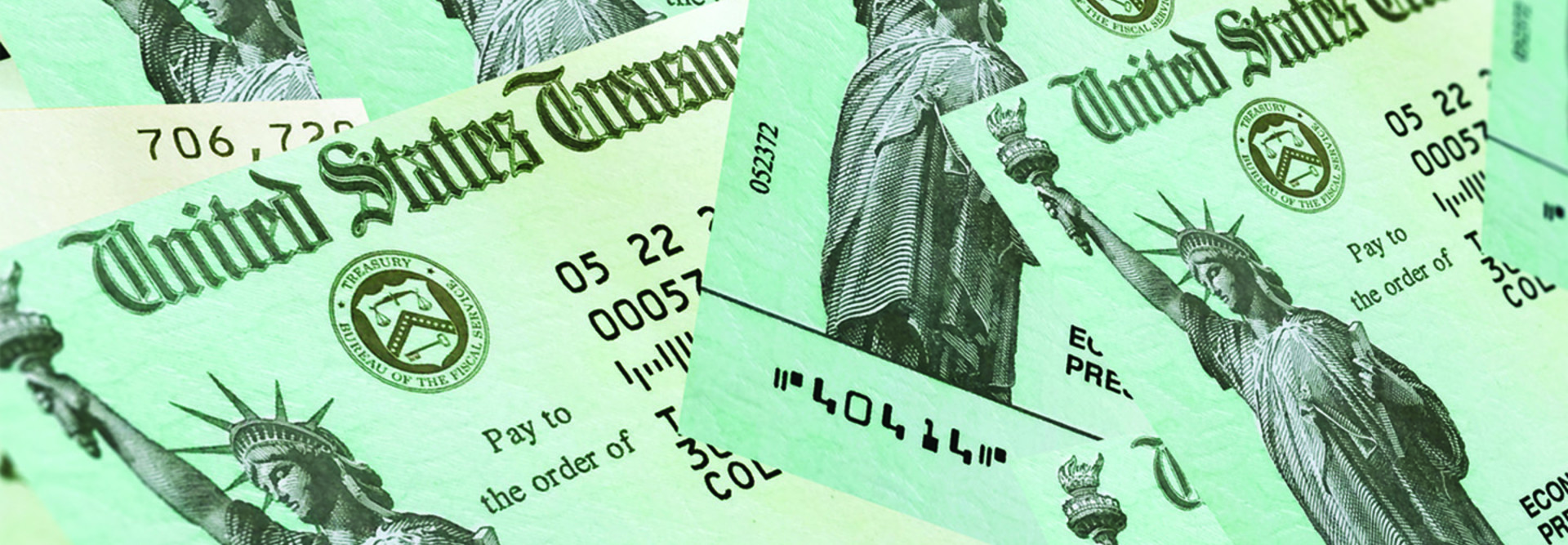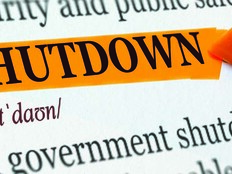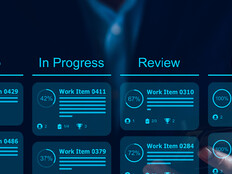In 2008, at the height of the Great Recession, the Treasury Department mailed out 800,000 stimulus payments to Americans over 11 weeks. This year, it was one of the agencies that sent out a total of 160 million stimulus payments over just eight weeks.
“We processed the largest automated clearing house (ACH) payment in history. These were urgently needed payments,” said Ronda Kent, chief disbursing officer for the Bureau of the Fiscal Service, at the virtual ReImagine Nation ELC 2020 Monday.
The Fiscal Service, part of the Treasury Department, worked with the Internal Revenue Service, the Federal Reserve and banks to deliver the $270 billion in economic impact payments available through the Coronavirus Aid, Relief and Economic Security (CARES) Act.
While that money arrived relatively quickly, citizens are becoming used to rapid payment systems such as Venmo and PayPal that allow immediate access to money. Recognizing the demand, the federal government is looking for ways to make that possible on a national level.
“It’s largely a private sector service now,” said Kirstin Wells, a principle economist for the Board of Governors of the Federal Reserve System. “We expect that many more payments may be made this way, and Treasury may want to make payments this way as well.”
ACH Provides Speedy Payments to Citizens
The Fiscal Service disburses about $4 trillion per year in salaries, grant money, tax refunds and more from about 250 federal entities, Kent said.
Much of that does already happen through direct deposit, assisted by ACH, an electronic payment processing system that replaces paper checks.
Federal workers who didn’t get paid during the partial shutdown in 2019, which ended on a Friday, got their paychecks the next Monday through ACH payments, Kent said. The relatively quick turnaround also helps citizens whose veterans’ or Social Security checks are lost or stolen.
“ACH forms the backbone of the general-purpose economy,” Wells said. Once nonbank payment services began to emerge in the 2010s, however, “customers began demanding greater access to their money.”
The Federal Reserve began developing the FedNow Service, an instant-payment platform for banks and other depository institutions. It’s expected to launch in 2023 or 2024. Banks will make the payments, while the Fed provides the supporting infrastructure.
B2B Use Cases Will Lead the Way for Instant Transfers
The initial use cases are expected to be business-to-business transfers or account-to-account transfers — for example, when customers want to transfer money from deposit accounts to brokerage accounts. “Today, that’s a painful process,” Wells said.
Early users may also include federal employees, who make up an easy-to-reach group of test subjects.
“We could reimburse them for travel, for instance,” Kent said, “and if it doesn’t work, you can fix it quickly.”
Such services may become more necessary as more members of Generation Z, who grew up on instant transfer and aren’t familiar with checks, enter adulthood, Kent said.
Follow FedTech coverage for more articles and videos from ReImagine Nation ELC 2020.












